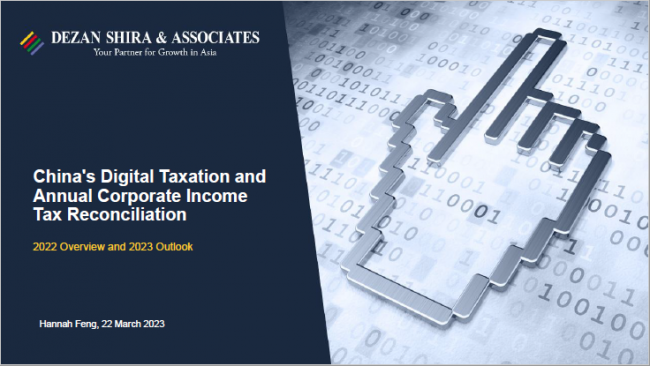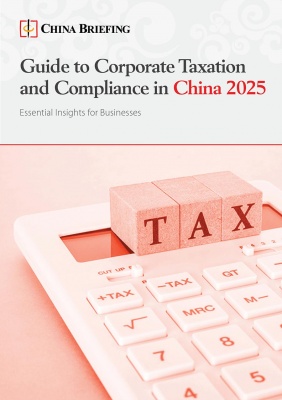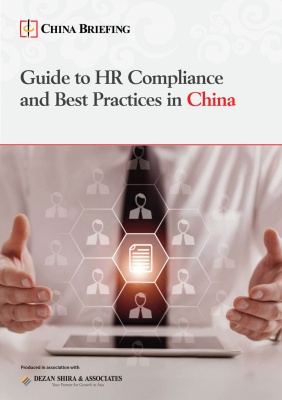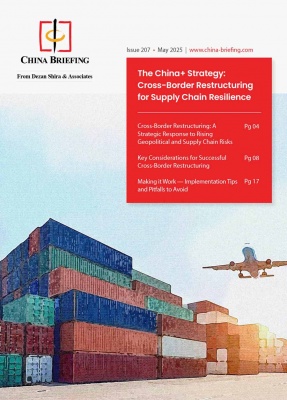Tax Compliance for Foreign Branch Offices Operating in Vietnam
Vietnam’s dynamic economic growth and investor-friendly policies have positioned the country as a strategic hub for foreign enterprises. Among the available business structures, branch offices allow foreign companies to operate commercially without incorporating a separate local entity — making them an attractive entry point into the Vietnamese market.
Unlike representative offices, which are limited to non-commercial functions such as market research or liaison activities, branch offices can engage in business activities like signing contracts and issuing invoices. As a result, they are fully subject to Vietnam’s corporate tax framework.
Understanding these structural distinctions is essential for foreign investors aiming to remain compliant and operationally efficient.
Navigating Vietnam’s tax laws and regulatory authorities
Branch offices in Vietnam fall under several core regulations. The Corporate Income Tax (CIT) Law governs profit-related obligations, while the Value Added Tax (VAT) Law imposes consumption-based taxes on goods and services. Personal Income Tax (PIT) applies to both local and foreign employees, and the foreign contractor tax in Vietnam is relevant when engaging with offshore service providers.
Meeting tax registration and bookkeeping requirements
Establishing a branch office begins with obtaining an investment registration certificate, followed by tax code and VAT registration. The timeline can vary by province, but typically requires submission of notarized documents, parent company resolutions, and proof of office premises.
Once operational, the branch must maintain records in line with Vietnamese Accounting Standards (VAS). A compliant chart of accounts, appropriate supporting documentation, and regular ledger maintenance are all expected. Records must be kept in Vietnamese, and approved accounting software is often required for electronic filings. Failure to meet bookkeeping standards may trigger audits or disallowance of expenses during tax finalization.
Corporate income tax compliance in Vietnam
Standard and preferential tax rates
Branch offices are generally taxed at the standard corporate income tax rate of 20 percent. However, operations in certain industries or geographic zones may be eligible for preferential rates. In some cases, if tax authorities determine a branch’s profits are understated or improperly allocated, deemed profit assessments may apply. Losses can be carried forward for up to five years but must be properly recorded and justified.
Determining taxable income and deductible expenses
Taxable income is calculated based on recognized revenues and deductible expenses. Branches must ensure that head office charges, transfer pricing adjustments, and cost allocations are backed by sufficient documentation. This is especially critical when expenses are incurred outside Vietnam but allocated to the branch’s local operations.
Improper allocations or undocumented expenses can result in tax exposure during audits. Common deductible items include salaries, rental costs, depreciation, and operational fees —provided they meet documentation and business purpose standards.
Filing procedures and deadlines
CIT obligations include quarterly provisional filings and a detailed annual tax finalization report. Vietnam tax filing for branch offices must be completed using the electronic portal administered by the GDT. Extension requests are possible under specific conditions but must be submitted ahead of the deadline.
Missing deadlines or underreporting income may result in penalties, interest, or even tax audits. Branches should prepare for the annual tax season well in advance by aligning their internal accounting with tax records.
Managing value-added tax compliance
VAT rates and exemptions
Vietnam imposes a standard VAT rate of 10 percent, with reduced rates of 5 or 8 percent applicable to select goods and services. Zero-rated VAT applies to export activities, while certain services and products may be VAT-exempt. Import VAT is also applicable for goods brought into Vietnam, but credits can be claimed if used for taxable business activities.
VAT Changes in 2025
The temporary reduction of the standard VAT rate to 8 percent is in effect until June 30, 2025. From July 1, 2025, the VAT rate will return to 10 percent across most applicable goods and services. In addition, revisions to the VAT Law will introduce changes to how zero-rated supplies are defined, placing greater emphasis on the requirement that services be consumed outside Vietnam.
Businesses are advised to review their contracts, pricing strategies, and accounting systems in anticipation of these changes. Failure to adapt may result in compliance risks, delayed invoicing, or lost tax credits.
Input VAT credit and refund procedures
To recover input VAT, branches must maintain complete documentation, including compliant electronic VAT invoices. Missing or improperly issued invoices are a common cause of denied VAT credits.
In the case of export businesses, VAT refund in Vietnam is available through a formal process with the tax office. Refund eligibility depends on proper recordkeeping, timely submission, and clear demonstration of export activities.
Monthly filing and electronic invoicing
Monthly VAT declarations are required, along with accurate invoice tracking and proper digital archiving. Recent developments in e-invoicing regulations make it mandatory for most branches to use electronic invoices that meet local format standards.
Failure to comply with invoicing rules may lead to rejection of input VAT credits, audit risks, and administrative penalties. Therefore, system readiness for digital invoicing should be a priority from day one.
Handling foreign contractor tax exposures
Branch offices often engage foreign service providers or subcontractors, making foreign contractor tax in Vietnam a key area of compliance. FCT applies when services are rendered by foreign entities in Vietnam or when the income is sourced from Vietnam, even if delivered remotely.
Common transactions triggering FCT include construction projects, equipment installations, technical services, and royalty payments.
The method of calculating FCT depends on the nature of the contract. The hybrid method allows for some expense deductions, while the direct method applies flat rates to gross income. Industry-specific rates range from 1 to 10 percent, and VAT components are embedded within the FCT in many cases.
Branches making payments to offshore vendors are typically required to withhold and remit this tax, making internal compliance systems essential.
Complying with personal income tax for expatriates and locals
Branch offices employing foreign nationals must ensure proper PIT registration and withholdings. Tax residency in Vietnam is determined by the 183-day rule or presence of a permanent residence. Tax residents are subject to progressive tax rates ranging from 5 to 35 percent, while non-residents are taxed at a flat 20 percent rate on Vietnamese-sourced income.
Employer obligations include registering foreign employees with the local tax office, applying for tax codes, and ensuring social insurance contributions where required. Remuneration packages must be properly structured to determine which allowances are taxable. Benefits like housing, home leave, or education can have tax implications if not handled correctly.
Addressing transfer pricing risks and documentation duties
Branch offices, while not separate legal entities from their parent company, must still adhere to Vietnam’s transfer pricing regulations. Any transactions between the branch and head office —including management fees, loans, or IP licensing—must be conducted at arm’s length.
Vietnamese law requires branch offices to prepare a transfer pricing disclosure form, local file, and in some cases, a master file. These documents must justify the pricing of intercompany transactions and can be requested during tax inspections. Branches with large or complex transactions may consider applying for Advance Pricing Agreements (APAs) to gain certainty and reduce audit risks.
Maximizing tax incentives and strategic planning
Despite compliance challenges, Vietnam offers several tax incentives that branch offices may qualify for. Incentives are available for businesses involved in high-tech sectors, renewable energy, or those operating in underdeveloped provinces. Dedications for R&D expenses and environmental investments can reduce tax burdens if properly claimed.
However, branches must be proactive in understanding eligibility criteria and ensuring that incentive applications are submitted correctly. Working with experienced local advisors helps ensure opportunities are not missed and documentation is properly aligned with local requirements.
This article first appeared on ASEAN Briefing, our sister platform.



















